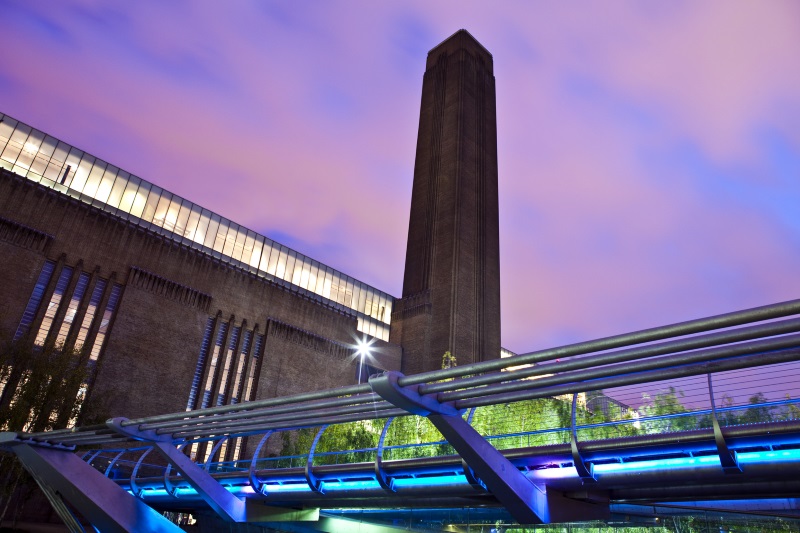Repurposed buildings are becoming a more important part of the architectural landscape. Here’s why I think they’re a great choice for business owners.
What Are Repurposed Buildings?
A repurposed building is an existing building that has been adapted for reuse. Repurposed buildings sustain old structures rather than demolishing them, often modernizing them and adding new technologies to make them more suitable for contemporary commercial purposes.
Environmental Benefits of Repurposed Buildings
Repurposing a building is recycling writ large. The typical cycle of demolishing an old building to construct a shiny new one is particularly hard on the environment. In 2000, a study estimated the yearly production rate of construction and demolition waste at 3 billion tons.
In conventional construction projects, waste is generated both from demolition materials that are not reused and from new materials that are produced but ultimately not used in construction – things like concrete, wood, insulation, roofing, electrical wires, which often contain potentially hazardous materials such as lead or asbestos.
A repurposed building not only produces less waste, it requires less transportation of materials to and from the building site and the production of fewer new materials, reducing the emission of greenhouse gasses.
As architect Mark Alan Hewitt wrote in his impassioned essay pointing out the problem of giving environmental awards to purpose-built architecture, “Why Reusing Buildings Should – and Must – Be the Next Big Thing,”:
“Why give an award to a house not unlike one of Glen Murcutt’s Australian passive sheds when multi-family apartment buildings in many cities lie empty, crying out for innovative adaptive reuse solutions? Are a few Net Zero energy buildings better than dozens of reused historic loft buildings with improved thermal performance in their windows, walls, and roofs?”
Economic Benefits
Depending on the project, repurposed buildings can be more economical than new construction because there is little to no site preparation (ground leveling, etc.) and fewer construction materials to purchase.
If the existing structure is usable with minimal renovation, you can complete additional work as your budget allows.
Community Benefits
The most obvious benefit of repurposed buildings (beyond the environmental) to communities is reducing the number of empty buildings and boarded-up storefronts that can make an area look depressed and can contribute to negative impressions that affect the local economy.
Repurposed buildings also serve a cultural purpose. Buildings often have an important history in their communities, and protecting that history can help a business owner forge good relations with both potential clients/customers and the local business community. Repurposing rather than demolishing existing structures can help keep a community connected to its past even while investing in its future.
While the primary purpose of adapting an old building for reuse isn’t historical preservation, a respectful and careful renovation can integrate its past into its new design. Architects often refer to the “bones” of a building – the essential elements that give a structure its lines and body – and many choose to preserve and highlight these in a renovation for both practical and aesthetic reasons.
Repurposed buildings can benefit businesses and communities, environmentally, economically and socially, by preserving culture, reducing demolition waste and controlling new construction costs.
If you’re considering opening a new business or moving into a new community, it’s worth looking around to see if an existing structure might suit your needs. Next week, I’ll look at types of buildings that can be repurposed.
This post first ran in 2019.


